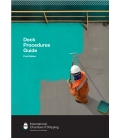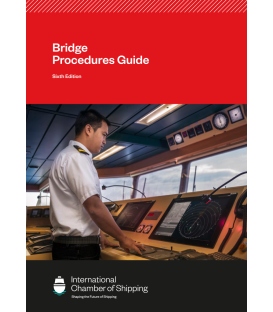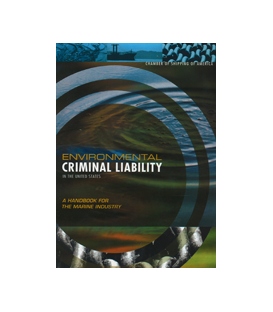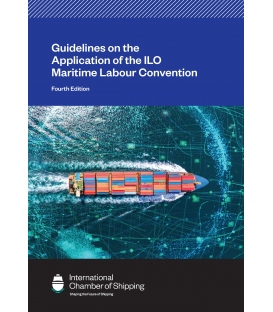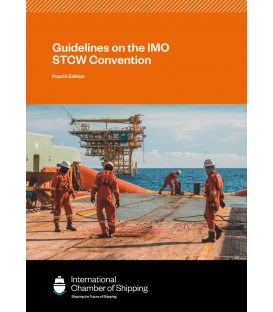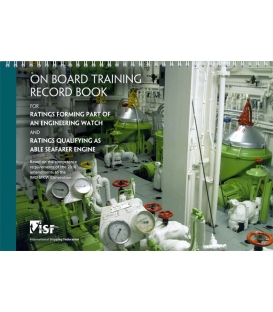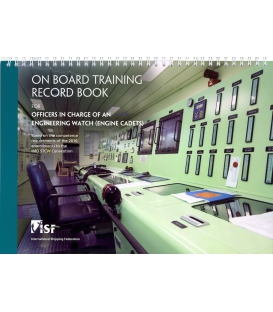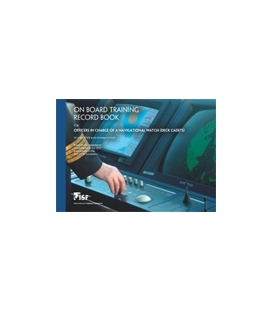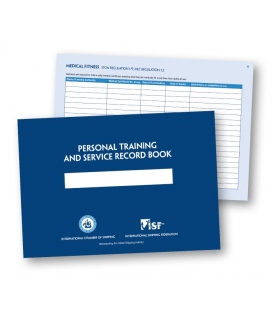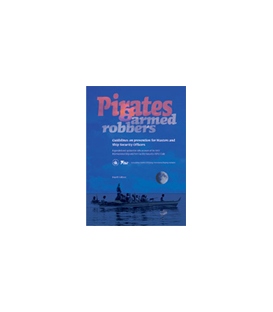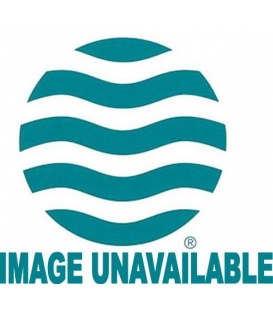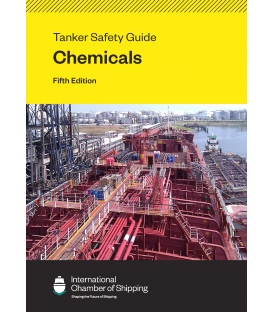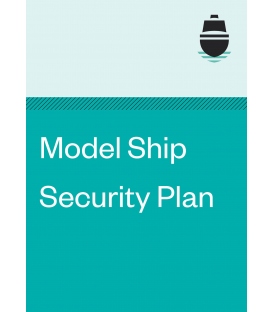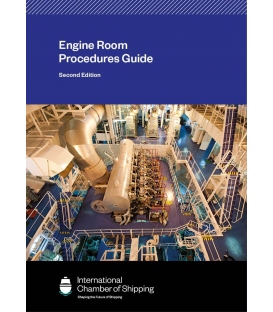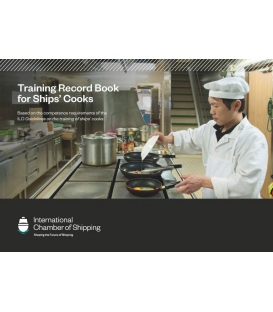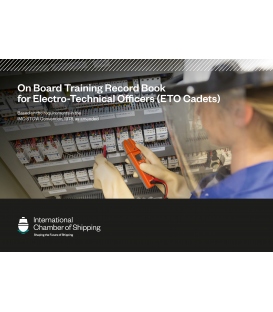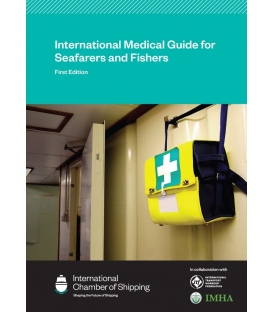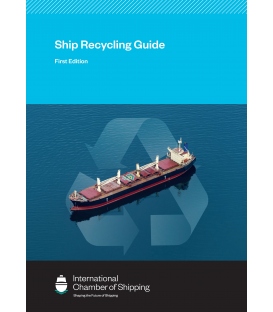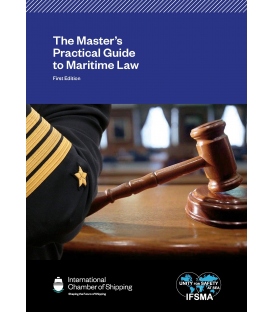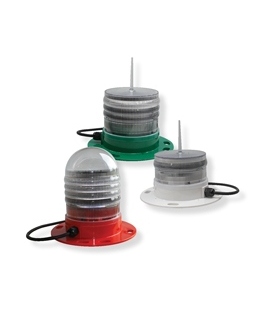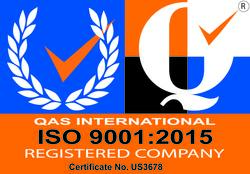

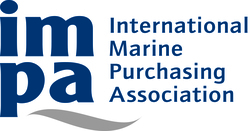
Sign up for our Newsletter
Underwater Radiated Noise Guide (1st Edition, 2024)
Underwater radiated noise is acknowledged as a significant form of pollution because of its impact on marine life, where it can disrupt critical life functions such as their ability to communicate. The International Chamber of Shipping (ICS) and BIMCO developed the Underwater Radiated Noise Guide to enable shipping companies to reduce noise levels across their fleets. It explains:
- Sources of underwater radiated noise from ships
- The strong synergies between underwater radiated noise reduction and energy efficiency and the opportunities for co-benefit
- Design and operational measures that are likely to reduce noise levels
- How to develop a noise management plan and put it into practice
An example of a noise management plan is provided for shipowners to use as a functional template. Technical superintendents will find the included operational measures and in-depth discussion on the synergies between energy efficiency and underwater radiated noise reduction particularly valuable. Key information on all known Particularly Sensitive Sea Areas (PSSAs) and their regional slow-down regulations are detailed to aid ship officers when passage planning.
By following the recommendations in this ICS/BIMCO guide, shipping companies can demonstrate commitment to the IMO’s 2023 revised Guidelines for the reduction of underwater noise from commercial shipping and help tackle this issue impacting our oceans.
Foreword
|
In 2014, the International Maritime Organization (IMO) produced Guidelines for the reduction of underwater noise from commercial shipping to address adverse impacts on marine life, which was then revised in 2023 to set out the new methods available to designers, shipbuilders and ship operators to improve their noise reduction efforts. ICS and BIMCO have produced this Guide to provide the shipping industry with practical actions to align with the IMO 2023 guidelines, reduce underwater radiated noise levels and protect the marine environment. The Underwater Radiated Noise Guide expands on the IMO guidelines, providing up-to-date guidance on: • Sources of underwater radiated noise and its far-reaching impact on marine life; • Scope of regional regulations and voluntary measures; • Synergies between energy efficiency measures and underwater radiated noise reduction; and • How to set up a noise management plan. This first edition will help shipowners, technical superintendents and ship’s officers understand what underwater radiated noise is and how they can help reduce it. |
Introduction
|
Sea life is highly sensitive to sound. Marine mammals, for example, rely on their hearing in the same way that humans rely on their sight for navigation. Sound travels more efficiently and faster in water, reaching large distances.
Anthropogenic (i.e. human-made) noise can lead to significant behavioural changes in marine animals, including their ability to feed, communicate and survive. Underwater radiated noise can harm many species including:
• Whales;
• Dolphins;
• Porpoises;
• Seals;
• Walruses;
• Invertebrates;
• Turtles; and
• Fish.
Many marine species rely on their ability to hear, as sound is key to their communication. They use sound to:
• Gather and understand information about their environment;
• Find prey;
• Locate mates and offspring;
• Avoid predators; and
• Guide their navigation.
It is important to note that all sources of sound travel faster and more efficiently in water compared to in air. In shallow water, such as coastal areas, near-surface sound can also transmit far distances, back out into the deep ocean due to horizontal refractive paths.
Noise from shipping is often in the same frequencies as marine species’ communication. This can hinder marine species’ ability to hear and communicate, as shown in figure 1.1..
Marine species have also been known to modify their behaviour when there are continuous shipping operations in the area. Behavioural changes can include:
• Changes in speed and direction of movement;
• Changes in hearing ability;
• Varying responses to auditory masking (when the perception of a sound is blocked by another sound) such as not making geolocation calls; and
• Not being able to communicate with members of their species at close range.
Shipping is one of the major sources of anthropogenic underwater radiated noise in the marine environment. Other sources of anthropogenic underwater radiated noise include:
• Naval vessels;
• Oil and gas exploration and extraction;
• Marine construction; and
• Offshore wind farms.
Different ship types produce varying sound frequencies over a wide range, from 1 Hertz (Hz) up to and above 100kHz. The frequency range contains tonal, narrowband and broadband components, where low frequencies are the highest contributors to underwater radiated noise. Generally, the faster a ship travels and the larger the ship is, the greater the intensity of underwater radiated noise.
Tonal and broadband sound can both impact on marine life. Tonal sound can generate the highest levels of underwater radiated noise, while the broadband radiates more sound energy in total over a large frequency range. Broadband noise is more likely to radiate at frequencies that are used by marine life.
The impact of underwater radiated noise on marine life has been identified as relevant to the United Nations (UN) Sustainable Development Goal No. 14 about life below water, as shown in figure 1.2. Measures to help the shipping industry understand, monitor and reduce underwater radiated noise and the subsequent impact on marine life are detailed in this ICS/BIMCO Guide.
The International Maritime Organization (IMO) released guidelines in 2014 focussing on the primary sources of underwater radiated noise, which are:
• Propellers;
• Flow noise, due to the flow around the ship’s hull; and
• On board machinery.
As underwater radiated noise from commercial shipping has become more of a concern in recent years, the IMO guidelines were revised in 2023. The revision aimed to increase awareness of underwater radiated noise and encourage uptake of the guidelines to reduce the impact of underwater radiated noise from ships. For more information, see Chapter 2: Summary of the IMO guidelines, and Appendix E which reproduces the updated IMO guidelines.
Some studies have been conducted to assess the relationship between the reduction of underwater radiated noise and energy efficiency improvements, which may complement each other. Vard Marine Inc. and the University of Southampton found that in improving energy efficiency, both greenhouse gas (GHG) emissions and underwater radiated noise were reduced. This significant synergy offers shipping the opportunity to reduce underwater radiated noise as a co-benefit of the energy efficiency measures that are increasingly being adopted in response to the IMO GHG regulations, as required under the International Convention for the Prevention of Pollution from Ships (MARPOL) and the 2023 IMO GHG Strategy.
1.1 What underwater noise is
There are a number of different sources of underwater noise, both naturally occurring and humanmade. Within this Guide, underwater noise is used to indicate overall ocean noise that originates from natural phenomena, marine life and human-made sources, including underwater radiated noise. Underwater radiated noise is used within this Guide to refer to noise originating from commercial ships that transmits underwater; it is a form of noise pollution and it can vary in both magnitude and frequency.
Though this Guide does not focus on underwater noise originating from natural phenomena, examples of this would include:
• Wind;
• Rain;
• Waves;
• Earthquakes;
• Ice cracking;
• Hydrothermal vents; and
• Marine life.
Underwater radiated noise can be split into two categories:
• Continuous noise; and
• Impulsive noise.
Impulsive noise is short pulses of sound, which usually last no more than a few seconds. It is usually caused by oil and gas exploration, construction and military activity. Continuous noise is constant and stable over a period of time. This Guide only details underwater radiated noise that is continuous noise, as it is usually associated with commercial shipping.
Other human activities also generate continuous and impulsive noise that impacts marine life, though these are not discussed in this Guide.
1.1.1 Continuous noise
Underwater radiated noise from commercial ships is categorised as continuous noise.
Studies have shown that underwater radiated noise from ships can have short and long-term negative consequences for marine life. Noise from ships can travel long distances through water, and can come from:
• Propellers;
• Machinery, including engines, pumps and thrusters;
• Flow-induced noise from additions to the hull, such as rudders and stabiliser fins;
• Flow-induced noise from openings such as sea chests and bow thruster compartments; and
• Human activity on board, such as maintenance tasks.
Figure 1.3 shows an overview of the frequency ranges and expected contributions to underwater radiated noise from commercial ships. The underwater radiated noise contribution levels (high, medium and low) are indicated by the colour coding.
Propeller cavitation usually causes the most significant contribution to underwater radiated noise from ships. Contributing factors to propeller cavitation are:
• The speed of the propeller (the higher the speed, the greater the risk of cavitation);
• Uneven or turbulent flow of water into the propeller; and
• Incorrect pitch distribution.
Propeller cavitation occurs when:
1. The shape of the propeller blade creates a low-pressure area at the front of the propeller (causing the water to reach boiling point) and a high-pressure area on the aft of the propeller blade;
2. The water on the low side of the propeller begins to evaporate as the propeller turns, as reduced pressure lowers the boiling temperature of the water;
3. The evaporation causes vapour bubbles to form, these vapour bubbles grow in size as they get closer to the blade surface;
4. As the bubbles cross into the high-pressure area, the sudden change in pressure causes them to implode. This high energy implosion creates intense underwater radiated noise.
Propeller cavitation is initiated at the cavitation inception speed, which for most ship types is about 10 to 12 knots. When the ship is below the cavitation inception speed, there is no propeller cavitation and no associated underwater radiated noise. Lower levels of propeller-induced underwater radiated noise will still be caused by water flow and vibration.
A ship’s underwater radiated noise increases with speed. The three components of a ship’s noise profile include:
• Propeller noise;
• Flow noise; and
• Machinery noise.
Figure 1.5 displays the relationship between a ship’s underwater radiated noise and speed.
The pressure on a propeller blade is not uniform. The forward part of the propeller is at low pressure while the aft part is at higher pressure, as shown in figure 1.6.
Addressing propeller cavitation will not only prevent damage to the propeller, but will also help to reduce underwater radiated noise. Ensuring the propeller is clean also reduces underwater radiated noise as well as fuel consumption and GHG emissions. Further information on reducing propeller cavitation can be found in section 4.2.1: Optimisation of the propeller blade area ratio with consideration to ship wake.
1.1.2 Impulsive noise
Though the focus of this Guide is underwater radiated noise that is continuous, it is important to note that impulsive noise does also impact marine life. Impulsive noise sources include:
• Percussive pile driving for inshore and offshore construction, such as windfarms;
• Seismic surveys using airguns to inspect subsea oil and gas deposits;
• Explosions; and
• Some sonar sources.
1.2 How underwater radiated noise is measured
Underwater radiated noise is reported in decibels as a sound pressure level, where the quietest sound is considered as near silence and measured as 0dB. Hydrophones, which measure sound pressure, are typically used to measure a ship’s underwater radiated noise profile, expressed in micropascals (µPa). See section 2.2: Baseline measurements or predictions of underwater radiated noise for more information.
The decibel scale is not a linear scale and every increase of 3dB represents a doubling of the sound intensity, as shown in figure 1.7.
Thus, if a ship has a noise profile of 8dB and installs energy efficiency measures that reduces the noise profile to 5dB, this 3dB reduction will mean that the noise profile has halved. For example, Maersk G-Class containerships experienced a reduction in underwater radiated noise after retrofitting energy efficiency measures. The source sound pressure was corrected for the ship’s speed and draught. The change in noise from the ships was estimated to be 6 dB lower in the 8–100Hz band.
1.3 IMO measures on underwater radiated noise
A 2017 analysis by Veirs et al. found that ambient ocean noise levels nearly doubled from 1963 to 2007 and this massive rise caused IMO to pledge to reduce underwater radiated noise from ships.
IMO’s 2014 Guidelines for the reduction of underwater noise from commercial shipping to address adverse impacts on marine life encouraged shipowners to reduce underwater radiated noise in the 10–300Hz band. The revised 2023 guidelines, Revised guidelines for the reduction of underwater radiated noise from shipping to address adverse impacts on marine life, further strengthened this guidance. See Chapter 2: Summary of the IMO guidelines for more information on the 2023 revision.
Shipowners are strongly encouraged to adhere to the voluntary IMO revised guidelines.
1.4 Global targets
While there have been regional efforts to monitor and decrease the effects of underwater radiated noise, there are no globally agreed targets on underwater radiated noise reduction.
The environmental group, Okeanos Foundation, proposed a global underwater radiated noise reduction target in 2008 and this was endorsed by the International Whaling Commission. Okeanos Foundation’s proposal states, “Reduce the contributions of shipping to ambient noise energy in the 10–300Hz band by 3dB in 10 years and by 10dB in 30 years.” The proposal aims to reverse the increase in underwater radiated noise, so that ocean noise levels return to mid-20th century levels.
1.5 Global trends in underwater radiated noise
The increasing number of ships may by the cause for the increase of underwater radiated noise intensity in some regions of the world. Underwater radiated noise is set to continue rising if the shipping industry does not take action to mitigate against this. Jalkanen predicted that noise emissions from commercial ships would double every six years. This study is referenced in full in Appendix F: References.
Figure 1.9 is widely referenced by environmental organisations and demonstrates a clear global upward trend of ocean ambient noise in the middle of the 20th century.
In some regions of the world, the upward trend has continued to the present day, most rapidly in the Arctic. However, analysis of deep ocean sound measurements has indicated that some regions are recently seeing static or reducing levels of underwater noise. A study by the Finnish Meteorological Institute shows similarly varying trends, as illustrated in figure 1.10.
During the Finnish Meteorological Institute study, the following were found to be the noisiest ship types, when considering the noise source energy emitted over a one year period:
• Containerships;
• Gas carriers; and
• Liquid bulk cargo ships.
Some of this contribution may be due to over 90% of the bulk carriers, gas tankers and vehicle carriers operating with speeds above their estimated cavitation inception speed, which leads to large underwater radiated noise emissions. This could also be due to their size and that there are a greater number of these ships in the world’s fleet.
It has been suggested by scientists that the implementation of energy efficiency measures, such as speed reduction, could be contributing to underwater radiated noise reduction in areas of the world where noise levels are being observed. Other scientists, however, have suggested that natural phenomena may be the cause, e.g. changes in the sea surface temperature and changes in sea ice.
Nevertheless, global underwater radiated noise levels remain unacceptably high and the shipping industry needs to take action to reverse this long-term trend.
The Southampton University study, The impact of shipping’s energy efficiency measures on reduction of underwater radiated noise, and opportunities for co-benefit, considered the energy efficiency measures that shipowners are likely to adopt in the coming decades and their potential impact on global underwater radiated noise.
Even after taking account of global trade growth, the study team concluded that these efficiency measures could reduce global, deep ocean underwater radiated noise by a similar rate to that called for by the Okeanos Foundation. With careful management by shipowners and operators, this presents a tremendous opportunity to reverse long-term underwater radiated noise trends and so improve oceans’ environments.
Contents
|




